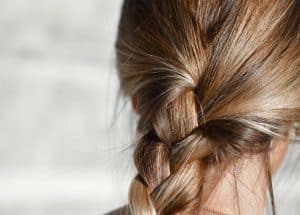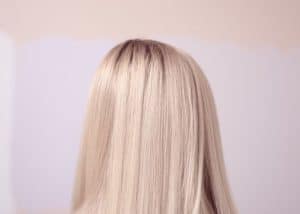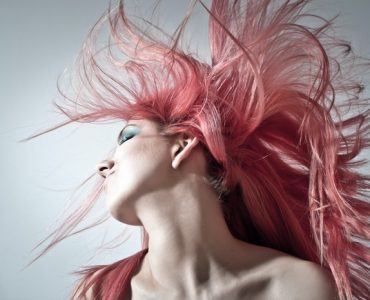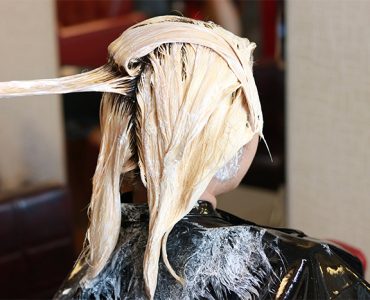If you think that all perms are just the same, like those you see in the 70s or 80s flicks, well, you might want to think again. You might be surprised to know that there are actually many types of perms out there for you to choose from, such as piggyback perms and spiral sperms.
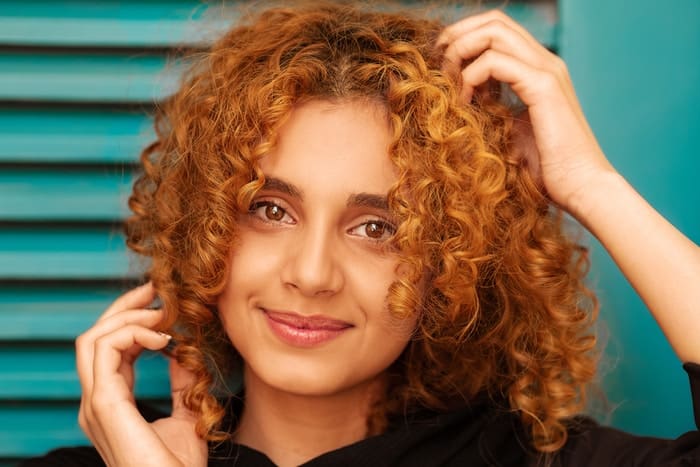
The main difference between piggyback perm and spiral perm is that a piggyback perm has two rods on every hair part that piggybacks off each other, while spiral perms are parted with the vertical sections for the elongated curl.
Continue reading to know more about these two types of perms.
What are Piggyback Perms?
The name piggyback perms may sound amusing, but this type of perm is more time-consuming or challenging. This perm needs two perm rods per part or strand of the hair in the case of long hair, unlike other perms that only require one.
A piggyback perm is defined as wrapping two rods for every hair segment. Half of the hair will be spirally wrapped around the rods using an overlapping method. The ends will then be wrapped similarly as a standard perm.
Read This Next:
After wrapping the entire head in the rods, these will literally piggyback over one another. Aside from this, since this specific type of perm is often meant for long hair, every segment should be rolled in two contrasting directions to prevent curl interruption.
This technique forms a natural curl pattern and ensures that your hair will not come out with a single curl created in a similar direction. When two rods are rolled in the opposite direction, this creates separated curls, bounce, and support for your hair.
But piggyback perms can also be rolled in different ways, and it often depends on the specific hair length. Piggyback perms are often most recommended for long and medium-length hair, with long hair being the most popular. However, you can also customize these perms to your hair length.
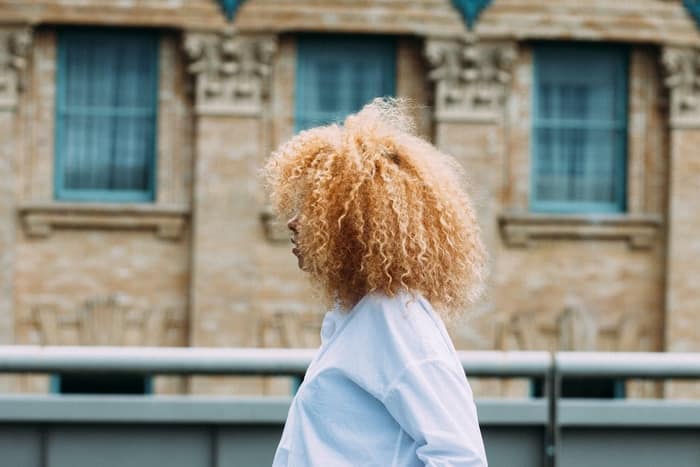
What are Spiral Perms?
Spiral perms are wrapped in a completely different way compared to piggyback perms. This type of perm can also suit a more extensive variety of hair lengths instead of just long and medium hair alone. This perming method requires square sectioning, with the perm rod wrapped vertically.
Read This Next:
This type of perm is also regarded as a more traditional one since, unlike piggyback perms, spiral perms will only need a single rod for wrapping the hair around rather than two. This results in less complex sectioning that helps you achieve the corkscrew curl effect.
But although using just one rod might be traditional, the spiral perm is still modern and lets you create a fashionable curl pattern. A spiral perm provides variety to different hair lengths, with the rod’s diameter determining the size of the curl.
Spiral perms are defined as the process of perming longer or shoulder-length hair to corkscrew pattern curls. These perms use a vertical rolling around the hair, resulting in a subtler texture and more volume.
This perm is most recommended for people who want to have bouncy and tight curls that can dramatically improve their appearance. This means that a spiral perm is your best choice if you want your strands to have intense volume or if you prefer a tighter curl pattern.
There are also different types of spiral perms, including tight, loose, and soft perms. These are the options you can consider together with the length of your hair to find the right method for you.
Read This Next:
Advantages and Disadvantages of Piggyback Perms
A piggyback perm is the most ideal choice for longer hair lengths to achieve a modern-looking curl pattern. The curl will be looser if the perm rod is larger or thicker. But it may be a bit complicated to section the hair into nine sections then roll two rods on a single hair strand.
Advantages
- This perm creates a modern wave or curl.
- Piggyback perms can last for up to 6 months.
- It is an ideal choice for long and medium hair lengths.
- It gives more volume to your hair because these are rolled to the base or scalp of the head.
- This is a modern curl pattern that will not make you feel and look updated.
Disadvantages
- It might be challenging to section and roll the two rods on just the same strand.
- This is not ideal if you have short hair length.

Advantages and Disadvantages of Spiral Perms
You can easily find a spiral perm for all hair lengths, and there are also several spiral perm variations including tight, soft, and loose. It is also easier to section off spiral perms compared to piggyback perms. A perm also achieves a more modern update since the rods can be rolled vertically.
Advantages
- Spiral perms are easy to roll and section.
- This gives you corkscrew curls and voluminous roots.
- It lasts for up to 6 months.
- It is rolled vertically and has a particular rod shape.
- A spiral perm works well for various lengths of hair.
Disadvantages
- Spiral perms don’t create loose waves or curls.
- This type of perm dates back to the 80s, leaving you with a retro look and feel, although it might not be a con if this is exactly the style you want.
Piggyback and spiral perms alike go through a similar chemical process. This means that regardless of how the hair is rolled, a perm solution will break down your hair structure first to take on the rods’ shape.
The neutralizer will then be applied to help seal the broken bonds, setting the hair in a new shape. The primary difference lies in the perm solution that you and the stylist have agreed to use for the process.
Gone are the days when perms are considered outdated. These days, many perm patterns boast a more modern twist that offers natural-looking curl patterns that no one will even notice that is a perm. Whatever you choose between piggyback perm and spiral perm, you can be sure that you can rock them with full confidence.


